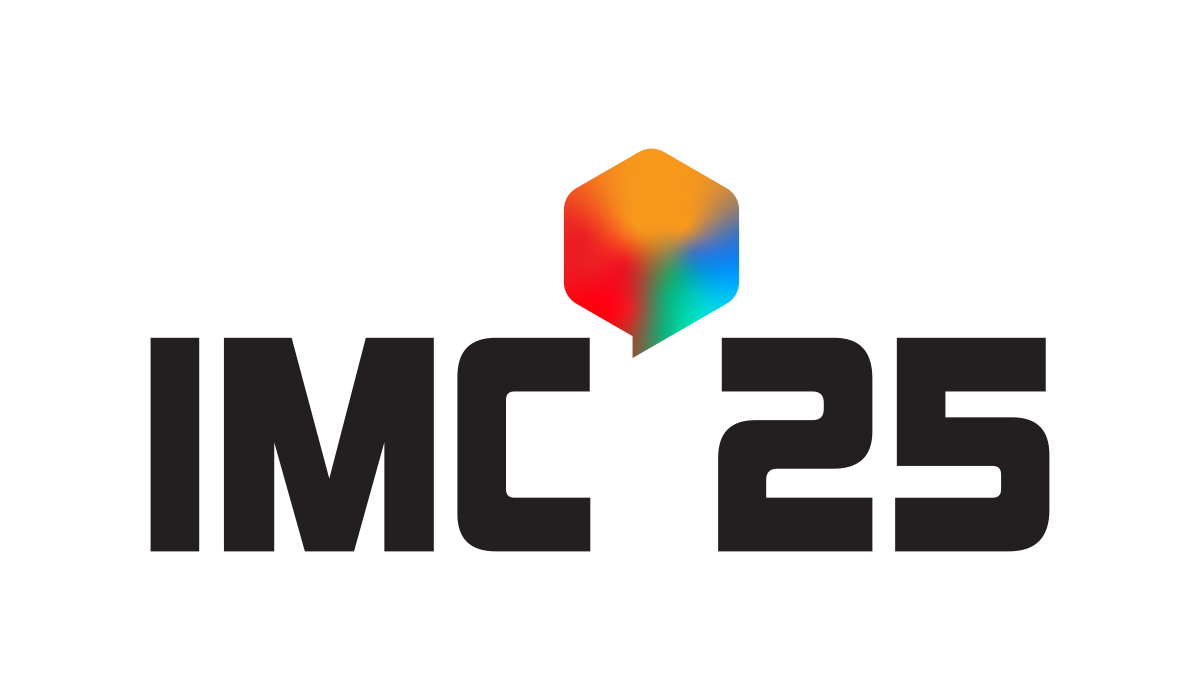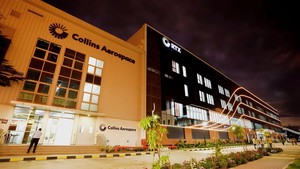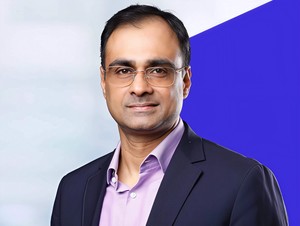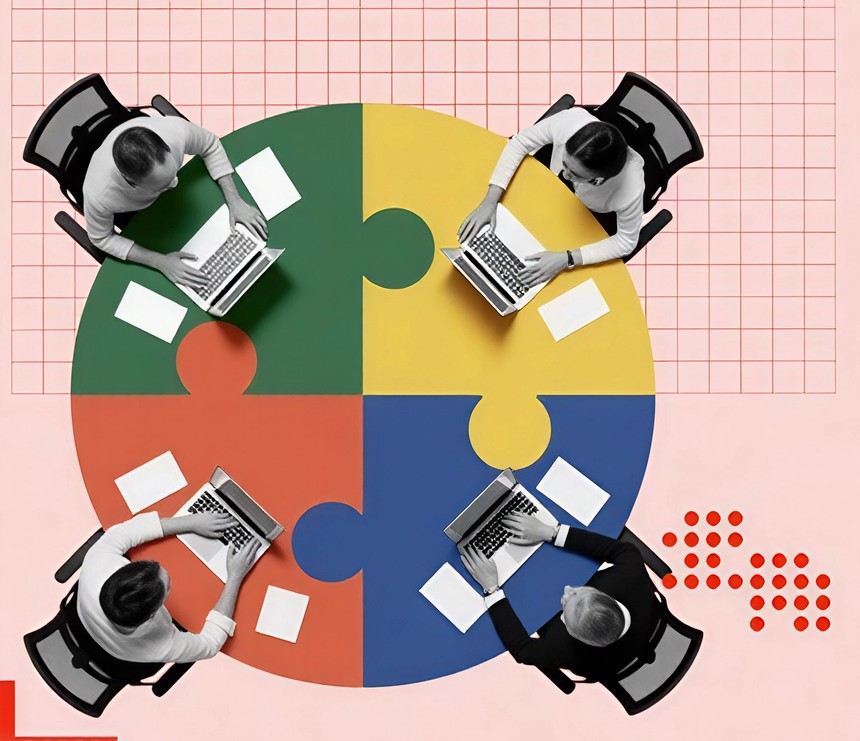The most useful booths at big tech shows are the ones with founders fixing real problems, not building pitch decks. STPI’s pavilion at this year’s mobile congress leaned into that energy, clustering AI, IoT, and analytics startups that already have pilots or paying customers.
The mix
You had logistics intelligence aimed at shaving minutes and fuel from urban routes. Vision AI that can count, classify, and flag defects on production lines without expensive cameras. Precision agriculture tools that pair low-cost sensors with models tuned for Indian weather volatility. And geo-analytics that turn messy public datasets into dashboards a district officer can actually use.
Teams to put on your radar
Daakia is building AI-assisted communication workflows for public programs and enterprises that need multi-language, multi-channel reach with verifiable delivery. Nav Prayukti focuses on IoT hardware and firmware that tolerates Indian power and weather realities rather than lab ideals. Matference (also branded CGreen in some contexts) targets materials and sustainability analytics for factories under compliance pressure. Garudalytics turns geospatial layers into usable insights for urban planning and infrastructure.
Why a pavilion like this matters
India’s digital public infrastructure has created rails. Startups now need distribution and credibility. Being on a national stage inside a curated group gives buyers a shortlist and a place to ask hard questions. It also helps founders meet each other and swap notes on procurement and pilots.
What to look for next
Press releases are nice. Purchase orders are nicer. Track which startups announce state or PSU pilots, export PoCs, or reseller partnerships. Follow the founders’ LinkedIn feeds for screenshots of live dashboards rather than renderings.
Follow Tech Moves on Instagram and Facebook for founder mini-profiles, buyer checklists for deep-tech pilots, and a rolling watchlist of teams from the pavilion.
















